Holden’s compact family car offering from a decade ago was the Cruze, a front-drive vehicle that can be broadly divided into two camps for the duration of its production.
From its launch in 2009, through 2010 and up to March 2011, the Cruze was available as a sedan with just two engine options and was built in South Korea by GM-owned Daewoo.
From the 2012 model-year until its demise in 2016, the car was built by Holden in Adelaide and in a much wider range of trim levels, engine choices and even body styles.
It can be confusing, so make sure you can identify any Cruze you’re looking at to avoid paying too much.
Models
The imported Cruze was available in just one bodyshell (a four-door sedan) while the range consisted of two trim levels, CD and CDX.
Engine choices were limited to a four-cylinder petrol or a turbo-diesel.
.jpg)
Once the car was being made locally, Holden ramped up the choices with a five-door hatchback joining the sedan and a much wider range of trim levels, adding Equipe, Z Series, Sri, Sri V and a couple of new engines including a 1.4 and 1.6 turbo petrol.
The used price of these variants can vary enormously, so take the time to learn to identify what’s what.
How much a Cruze will cost you now has much more to do with specification and its engine that simply what year it was made or its RRP at the time.
The Cruze seemed to attract a fairly conservative buyer, so you don’t see a lot of them with aftermarket rims or other sporty accessories like body kits, a rear spoiler or side skirts.
Most dealers threw in floor mats and a lot of buyers opted for dealership add-ons like paint protection and rust-proofing that will add nothing to the price now.
With an early example, the only real decision is petrol vs diesel, but if you’re looking at a locally made Cruze, the model comparison gets tougher as the models range from the base-model to the top of the range with a lot in between.
The Cruze defied modern size protocols by being bigger than a compact but smaller than a medium-sized car.
Inside, though, it was about as big as a medium car of just a few years ago thanks to efficient packaging.
Many Cruze buyers were traditional Holden owners (many of whom got a surprise when the Cruze turned out to be something else altogether) and since many regional centres still had Holden dealerships, a surprising number of Cruzes lived in the sticks.
You’ll spot some of them by their budge bar (although a bull bar is unlikely) and maybe even an LED light bar.
Certainly the exterior design of the car allowed for these fitments, although it’s important that any nudge bar is air-bag compatible.
.jpg)
All Cruzes had cruise-control, air-conditioning, power steering and a decent range of safety gear.
It would be worth checking with a Holden dealer, too, if any warranty applies to a used Cruze.
Holden was extending the warranty of some later Cruzes, beyond the standard three-year time limit, so a late version may still have factory cover.
Check the boot for a spare tyre, too.
Some Cruzes had just an inflation kit, others a space-saver spare tyre.
Cabin
The Cruze’s interior dimensions were about the same as a mid-sized car, so the packaging was pretty good.
That meant plenty of interior space as well as a really good boot size for better-than-average luggage capacity.
Even so, plenty of Cruzes sported roof racks come family holiday time.
The five-door hatch is a more practical car than the sedan.

Don’t forget, either, that between 2012 and 2016 Holden also sold the station-wagon version (still made in South Korea) alongside the locally-made Cruzes.
Externally, the wagon is about the same size, but the luggage space is huge.
The catch was that the wagon was not available with either of the perky turbocharged petrol engines, so it was the turbo-diesel or the 1.8 petrol or nothing.
Inside any of the Cruze variants there was a ton of storage spaces including bottle-holders in each door and even an overhead console.
The early Cruze had an AM/FM radio (no digital) sound system with six speakers and was MP3 compatible although there was no Apple CarPlay or Android connectivity.
Examples from the mid-2013 update also got Holden’s MyLink infotainment system which included a touch screen, and Bluetooth streaming.

Those cars also got keyless entry.
Upmarket versions the Cruze could be had with leather seats, a sunroof was optional and air-conditioning and power steering were standard across the board.
A satellite navigation system had been available on some versions, but that was replaced with the 2013 upgrade as MyLink was able to offer the same functionality with added voice control.
The biggest gripe with the Cruze’s cabin is that the plastics can look and feel a bit cheap.
Engine
Imported Cruzes had just two engines to choose from, a 1.8 litre petrol and a 2.0-litre turbo-diesel motor.
For all that it was about the right size on paper, the 1.8-litre four-cylinder was a bit harsh and was only just adequate.
The diesel, meanwhile, with its diesel particulate filter to clean up its emissions was sweeter and more flexible especially when paired with the six-speed automatic (there was also a five-speed manual gearbox available).
When manufacture switched to Australia, Holden doubled the number of engine choices, keeping the two original powerplants and adding a 1.4 litre and 1.6-litre petrol four cylinder unit, both running a turbocharger.
Of all these engines, the later ones are the picks and the 1.4 is smooth and willing while the 1.6 turbo petrol is the performance option for those who want a little more acceleration.
Even so, a lot of buyers pondered the diesel vs petrol equation and chose the former for its flexibility and fuel economy.

These are the Cruzes you’ll find fitted with a tow bar, although the rated towing capacity is just 1200kg, not bad for a car this size, but not huge.
Much of that is down to the Cruze being front-wheel drive (there was no AWD or 4WD option).
In fact, the diesel option meant that buying a petrol Cruze and converting it to LPG in the name of running costs just wasn’t worth the effort.
Most buyers chose the auto transmission but the manual Cruze is a surprisingly liveable alternative, too, if you can find one second hand.
When it comes to horsepower and engine specs, all Cruzes were rated from 103kW to 132kW, but that doesn’t tell the whole story.
The diesel was super flexible and the turbocharged petrols were smooth and zippy.
Which leaves the 1.8 non-turbo as the one you’re best avoiding.
Some Cruze engines use a timing chain which should be good for the life of the car while other use a timing belt which needs periodic replacement.
Fuel mileage will be best with the turbo-diesel while the 1.8 non-turbo petrol is likely to be a bit thirstier because it has to be driven so hard in the first place.
At around 1400kg, the Cruze is quite heavy for its size and it has a fuel tank capacity of 60 litres.
That’s not a huge tank, making the diesel fuel economy even more impressive.
Driving
The Cruze’s compact dimensions mean it’s an easy drive in and around the city and suburbs with a good turning circle and enough ground clearance for clearing speed humps.
That’s provided an ambitious previous owner hasn’t messed around with the suspension or added odd-sized alloy wheels and super low-profile tyres.
But even on standard suspension, the Cruze is hardly a race car and while it points okay, the electrically assisted power steering can feel a bit vague at first.

But overall, there’s a decent combination of ride quality and handling and the cabin is pretty quiet unless you’re in the 1.8 petrol and driving it hard.
The turbo-diesel is super grunty and hardly needs a gearbox at all, while the turbo-petrols are both sweet little things that spin nicely and sound pretty good into the bargain.
Straight line performance figures were never what the Cruze was about, but 0-100km/h comes up easily and the car has enough grunt and acceleration to stay with modern traffic as well as be a convincing inter-stater.
Again, though, if you can afford any of the turbocharged versions, they’re a vastly nicer car.
Safety
Safety features on any Cruze included six airbags including side-curtain airbags, ABS brakes, electronic brake force distribution, brake assist, stability control, and traction control.
As a result, all Cruzes sold here scored a five star safety rating for crash safety.
Parking sensors became standard from the mid-21013 upgrade on, but a reversing camera was not standard on any Cruze in any trim level.
The Cruze did, however, have ISOFIX child restraint mounting points as standard.
Any problems?
Like a lot of modern cars, there’s a bit to watch out for when it comes to common faults, issues, problems and owner complaints.
The diesel particulate filter becoming full and clogged is one source of these and many owners have reported multiple fault messages caused by this filter.
If the filter became clogged enough, the computer would sometimes cut engine power and ultimately, a trip to the dealership was needed to clean or replace the filter which was neither cheap nor simple but was the most common of the Cruze’s diesel engine problems.
A few cars have also experienced automatic transmission problems, including complete failure of the unit.
.jpg)
Symptoms are a car that shifts erratically or can’t make up its mind what gear to be in.
If the problem is bad enough, the car may not be able to select some gears or may lose the ability to move altogether.
When inspecting a car, make sure the auto transmission fluid is clean and doesn’t smell of burned toast.
Manual cars are less prone to transmission issues, but the clutch can still take a beating from a previous owner.
Make sure any manual Cruze takes off smoothly from the lights with no shuddering or noises.
Check that all the electronics work as they should and drive over some bumps to check for squeaking or rattling interior trim pieces.
To add to that model’s reliability woes, the non-turbo 1.8 was also susceptible to a cracked cylinder head which can be spotted by poor running, hard starting, mis-firing and engine overheating.
Service costs may be a little lower than some of the competition as Holden specified 15,000km service intervals (versus 10,000km for many cars).
MORE: If anything crops up, you’ll probably find it on our Holden Cruze problems page.
Holden Cruze 2009: CD
| Engine Type | Diesel Turbo 4, 2.0L |
|---|---|
| Fuel Type | Diesel |
| Fuel Efficiency | 6.8L/100km (combined) |
| Seating | 5 |
| Price From | $3,190 - $4,950 |
| Safety Rating |
|
Pricing Guides



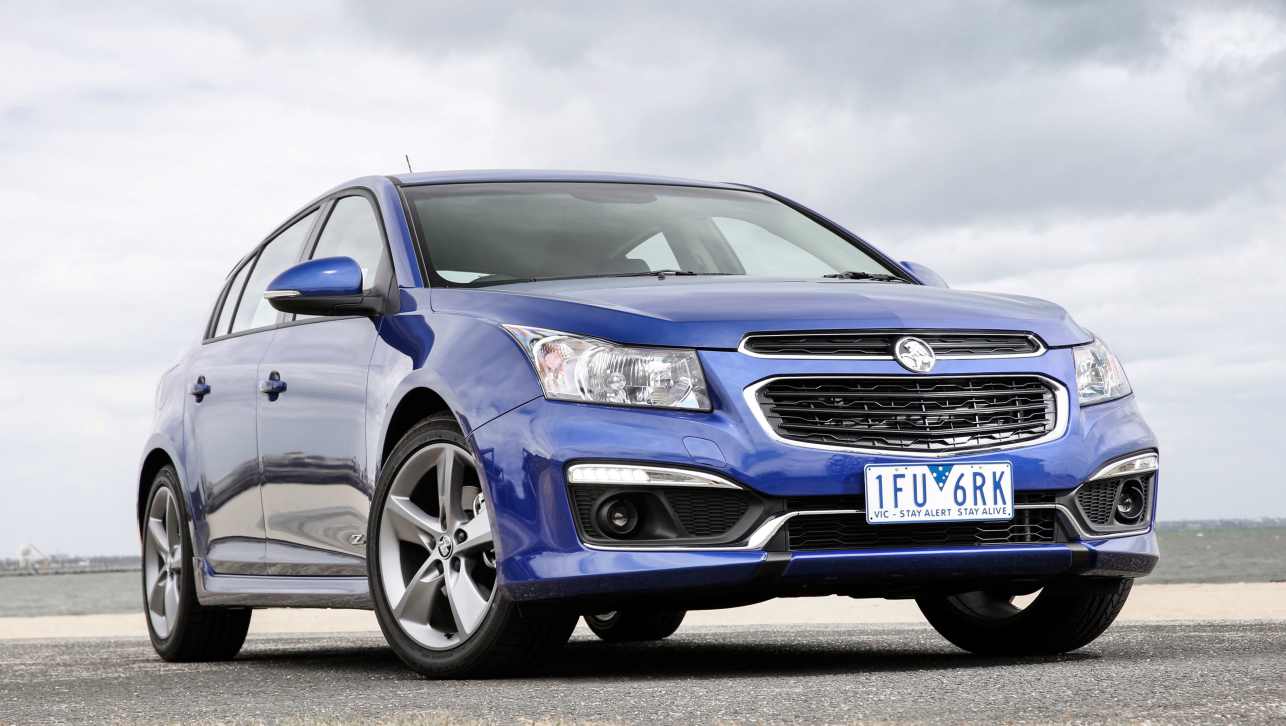
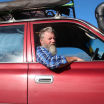



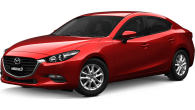
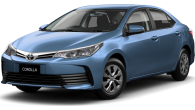
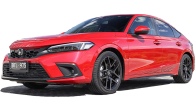




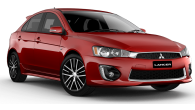

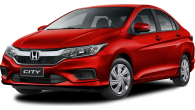



.png)


.jpg)






.jpg)
Comments